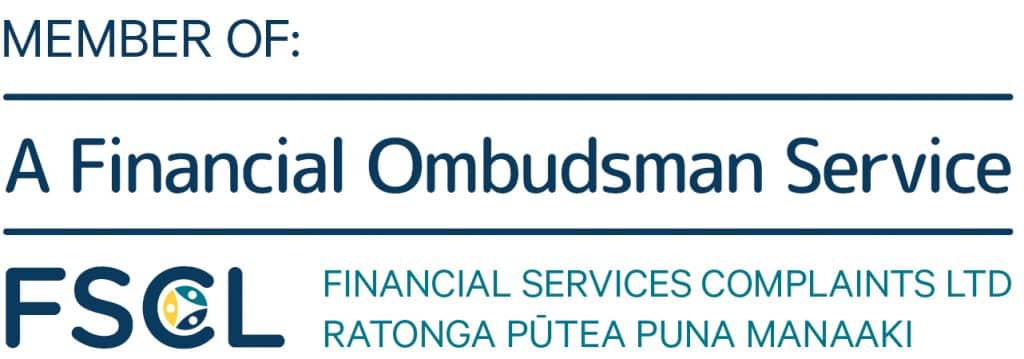By Michael B. Cohen
Vice President of Global Operations
MyChargeBack
The recent cryptocurrency crash has proven that stablecoins aren’t immune to the shocks and selloffs devastating other segments of the cryptocurrency sector. Stablecoins seem to stand out as more secure than other cryptocurrencies, but this assumption was tested, leading to the conclusion that the sooner central banks can issue their own currency the more secure the crypto market will be.
How the Crypto Selloff Destabilized Stablecoins
One of the major events of the cryptocurrency crash in May was stablecoin Terra’s drop below the dollar level. Terra is algorithmically levered to the Luna coin, a stablecoin that is supposed to keep Terra pegged to the dollar. However, this didn’t go as expected when Terra dipped below the dollar, sending both Terra and Luna down and reducing the valuation of both cryptocurrencies to just a few cents.
Meanwhile, the leading stablecoin, Tether, was spared the worst of the selloff and fell to just $0.95 before returning above the dollar line. Compared to Terra and Luna, Tether seems more reliable because it is backed by real assets. However, of the total $75.7 billion Tether market cap, a mere $3.8 billion is backed by actual cash. The rest is in U.S. Treasuries, commercial paper and other cash-equivalent assets.
The bad news for even relatively steady stablecoins like Tether is that the skittish market is influencing people to sell part of their Tether or ditch it all together. The Tether selloff is likely to reach $7 billion, almost double the stablecoin’s cash backing.
Will CBDCs Mean More Security?
Cryptocurrency has been called a “shadow bank,” and not always in a complimentary sense. The public seems fascinated by digital assets and the seamlessness with which they can make cryptocurrency transactions to purchase items online.
However, this freedom comes at a significant cost, as evidenced by the cryptocurrency bubble burst. The lack of regulation, which is a selling point for digital assets, can lead to shaky valuations and shady support that can cause any of these coins, even stablecoins, to become worthless at breathtaking speed.
The solution seems to be twofold: increased regulation and oversight of cryptocurrencies and central bank digital currencies (CBDC), which would provide consumers with all of the convenience of digital currencies but with secure backing and regulation.
Three central banks, in Nigeria, the Bahamas and the Eastern Caribbean, have created their own digital currencies. Meanwhile, major central banks, including in the U.S. and EU, are currently not only discussing issuing their own CBDCs but are well into the research and development phase.
Although U.S. and EU efforts are still a few years away from actual issuance, there are indications that these projects will be expedited as more consumers are lured away from conventional banking by the romance of cryptocurrencies, only to suffer the consequences of dire risk through selloffs, cryptocurrency crashes and unregulated crypto scams.
Until more countries release their own CBDCs, consumers will have to stay vigilant if they choose to buy, hold or trade cryptocurrencies in the current volatile environment. This means also staying alert for unregulated crypto trading scams and bitcoin wallet hacking.
Losing cryptocurrency to suspicious bitcoin transactions can be tricky because codes, rather than names and addresses, are identifiers on the blockchain. That’s why working with MyChargeBack experts is an essential step to locating your cryptocurrency. Our team uses crypto forensics as well as crypto coin trace technology to identify transaction patterns and uncover frauds.
MyChargeBack Will Help You Find Your Funds on the Blockchain
If you have lost money to a cryptocurrency scheme, seek fund recovery assistance right away. Consult with MyChargeBack experts and get started with your fund recovery claim. We have extensive knowledge and working relationships with regulators and more than 450 law enforcement agencies around the world, as well as the solutions that can improve your prospects of getting your cryptocurrency back.






